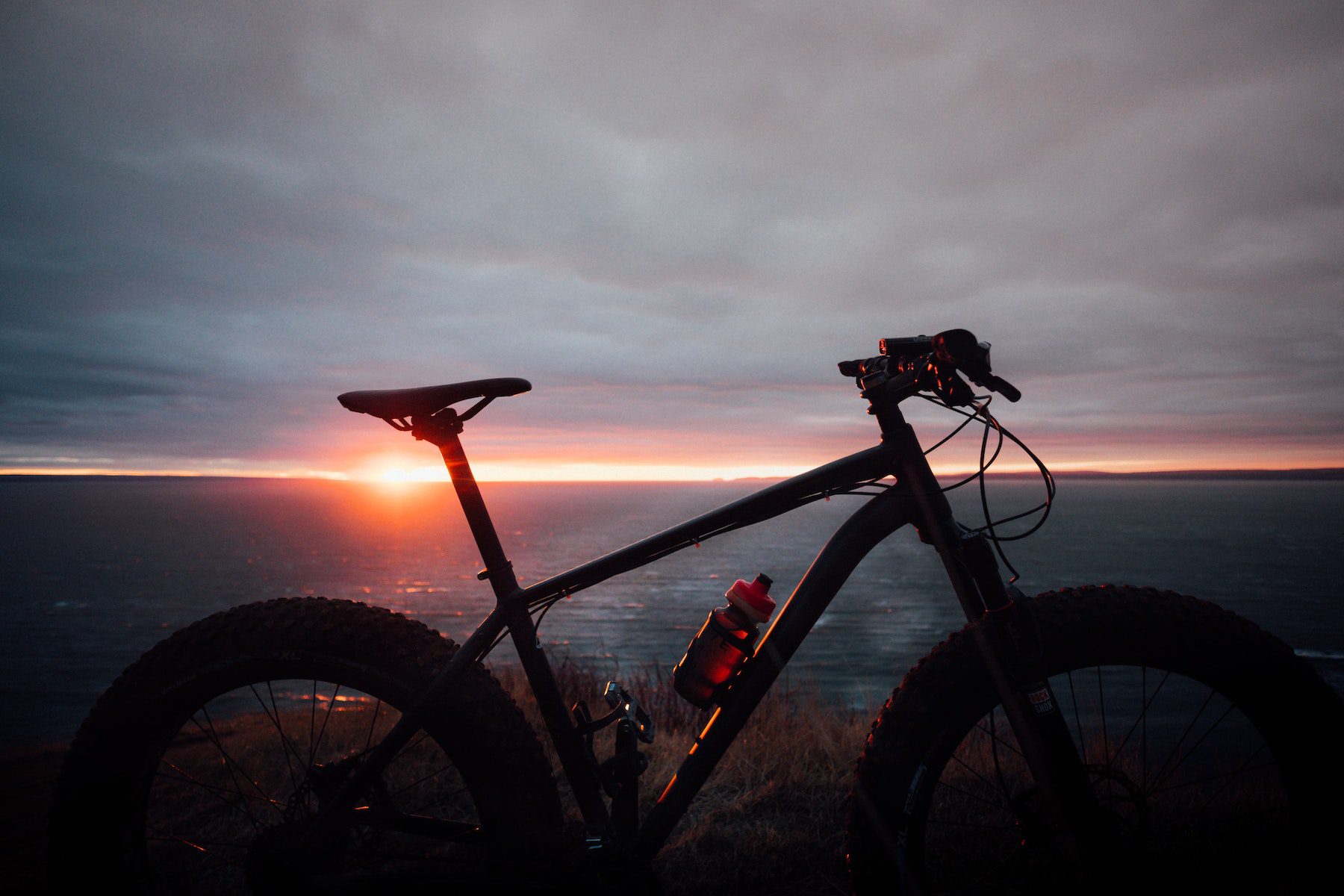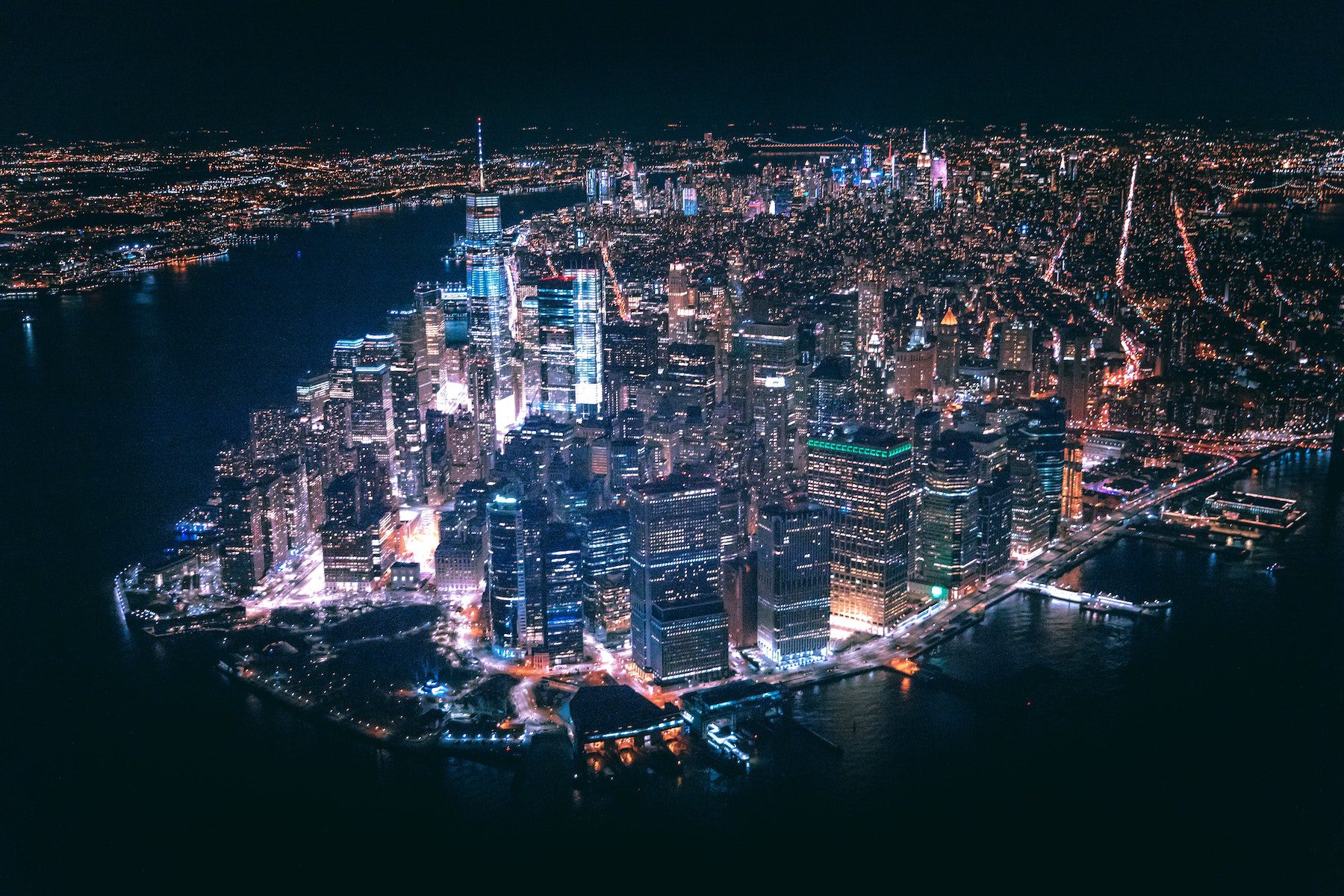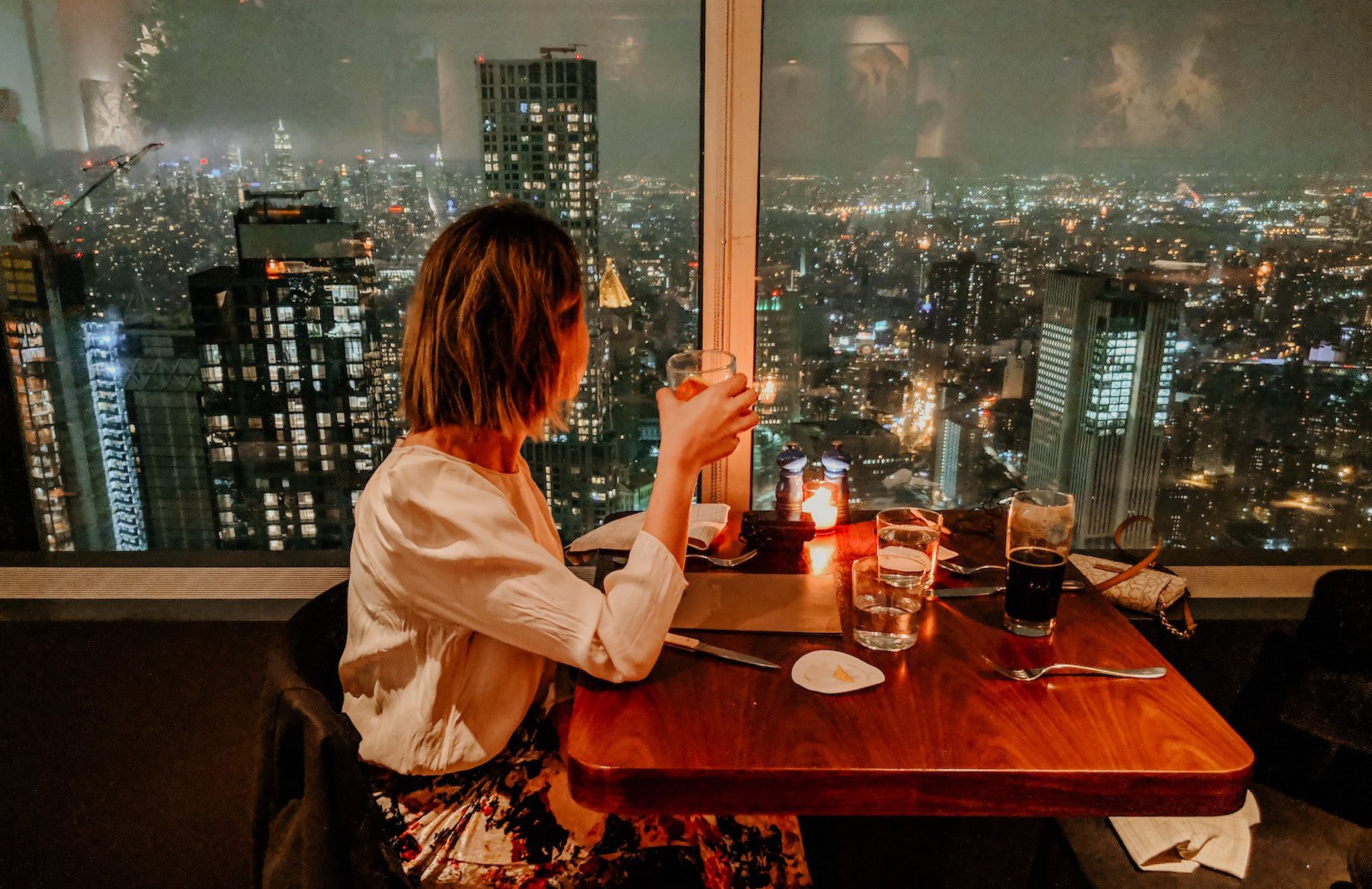As tattoo culture grows, its artists, specializations, and processes grow with it. Like any art form, body art is always evolving technically, as well as visually—so if you’re the type to pick whichever studio is closest, and whichever artist can seat you right away, you might be missing out on the true quality and artistry you want.
The following U.S. tattoo studios—organized by region—were selected based not only on creative merit, dedication to craft, and strong portfolios, but also because of their ability to either uphold longstanding tattoo tradition, or bring in new and fresh perspectives.
Tattoos may be impulsive by nature, but the satisfaction of planning ahead and getting the most for your money will last as long as your new ink. Here are some of the best tattoo studios in America for your next piece.
Northeast
Hudson Valley Tattoo Company

With eleven artists on staff—as well as a rotating cast of guest artists—Hudson Valley Tattoo Company is guaranteed to match you with the right pair of hands.
Located right on Route 9 in Wappingers Falls, the studio is hard to miss. Walk-ins are welcome, and even preferred, to make sure your final result is exactly as you imagined (or even a little bit better).
There’s an artist for every style, including portraiture, Irezumi inspired work, and geometric. Scale isn’t an issue—the artists’ portfolios feature full torso and back pieces, along with smaller, more contained work.
Consistent service, accurate estimates, and true versatility should push this shop to the top of your list if you’re in upstate New York or nearby. Day-trippers from the five boroughs might even want to consider stopping at Hudson Valley Tattoo Company, instead of waiting for an appointment at the city’s top shops.
Fleur Noire Tattoo Parlour

Having opened just five years ago, Fleur Noire Tattoo Parlour has become a mainstay both in its original Brooklyn location and across the country, gracing Los Angeles. Sophisticated yet casual, the studio feels like a professional creative space, and its artists uphold the standard.
The studio’s international cast of tattooers from all walks of life brings their own angles to the medium, ranging from highly illustrative to simple line work.
Fleur Noire is a great choice if you have an idea floating around your head but just need to get inspired by a professional to flesh it out. Along with the Los Angeles location, there is a third Fleur Noire outpost that recently joined the original studio in Brooklyn.
Three Kings Tattoo

Over twenty years ago, Matthew Marcus and Alex McWatt’s friendship began with a single tattoo, from one artist to another. In 2008, the pair opened the first Three Kings Tattoo Parlour in Brooklyn.
Since then, Three Kings has expanded to Manhattan, Long Island, Los Angeles, North Carolina, and London. Attracting top artists from both sides of the Atlantic along the way, the original shop has grown into a household name, with new co-owners bringing their personal goals to the business model. Despite its huge success, the original vision behind Three Kings is still going strong, putting creative integrity and great customer service at the forefront.
The Three Kings story continues to evolve, with fresh perspectives making their way into the mix and new artists joining the team to push fine tattooing to new levels. Getting a piece done at any of the three locations in New York brings you back to the studio’s roots in the Tri-State area; with no shortage of talent to choose from, you’re guaranteed to walk out with ink that exceeds expectations.
Southeast
Sacred Lotus Tattoo

Owned and run by artist Kimi Leger, Asheville’s Sacred Lotus Tattoo prides itself on being an inclusive space in a vibrant creative hub. The shop’s five artists, including the owner, specialize in a variety of styles, approaching each with patience and precision.
The staff also includes a professionally trained microblading artist for your aesthetic needs. Browse the shop and you’ll find an array of original body jewelry and earrings, hand-selected from independent brands to make sure you look and feel your best.
An appointment is required, so make sure you reach out to the shop and book in advance.
Arte Tattoo Studios

Just over three years old, Arte Tattoo Studios has honed a reputation that reaches beyond the shop’s hometown of Gainesville, Georgia.
Well-known in and around Atlanta, Arte Studios is all about the vibe. Its artists pride themselves on connecting with their clients before picking up the needle. The result is an experience that is less about a transaction, and more about the conversation.
A well-paced and relaxed tattoo process will help you let go of any doubts while refining your design to make sure it’s exactly what you imagined.
Keeping the Southeast on the map, the team at Arte is bringing the young shop up to its full potential with diverse portfolios, dedicated service, and a steadily growing following in the Atlanta area and beyond.
Hart and Huntington Tattoo Company

Orlando’s Hart & Huntington Tattoo Company is a must-stop in a city that is more famous for its rides than its creative circle.
The studio represents the side of Orlando that is built by locals, for locals. Twelve versatile artists call Hart & Huntington home, which was founded in the name of passion almost fifteen years ago.
Catering to tourists and regulars alike, the artists work with a focus on narrative, detail, and innovation. No challenge is too demanding, and you can see the results for yourself in the portfolio portion of the H&H website.
South
Electric Ladyland

An ode to perseverance, New Orleans’ Electric Ladyland first opened about seventeen years ago, having moved three times since. The studio’s current location on Frenchmen Street is a local fixture, making top lists year after year.
If you’re looking for a breath of fresh air from the general hubbub surrounding the Frenchmen Street studio, Electric Ladyland Bywater should be your next stop. This second location focuses on appointment-based, custom work by resident and rotating artists.
At either address, Electric Ladyland is a local legend, merging the natural revelry of New Orleans with the precision and detail that goes into quality ink. Throw a long-standing reputation and baby blue walls covered in flash art into the mix, and you’ve got yourself a NOLA classic.
Midwest
Northern Tide Tattoo

Owned and operated by artist Micah Gunderson, Wisconsin’s Northern Tide Tattoo is a testament to the universality of the medium.
The small shop just outside of Green Bay, Wisconsin, features Micah’s work alongside that of Samuel Fisher. Both are motivated by a lifelong interest in art, action, and music. The duo works largely in American Traditional and black and gray work, but no style is off-limits.
Gunderson coins the term “Midwest Aloha” as his shop slogan, melding American iconography with a vintage Southern Pacific aesthetic that thrives on the bright and the bold. Both artists are heavily inspired by their Midwestern roots, which translate to not only their stylistic choices but the ethos and work ethic of the shop as a whole.
If you’re not local to the Green Bay area, a trip from Milwaukee or even Chicago is well worth the effort. A custom piece from Northern Tide is about the search for the perfect tattoo, as much as it is about the look.
Ragtime Tattoo

With a unique setup in the heart of St. Louis, Ragtime Tattoo is your go-to for custom designs—with the added bonus of supporting a diverse group of independent artists.
Getting to know you is a priority, as is listening to your request. Ragtime Tattoo is divided into three studios, which operate privately under one address. The Oasis and Desert Rose studios both have two artists each, while the Prickly Pear studio is run by three tattooers. A look through each studio’s portfolio of past work will clue you in to whose style suits your needs best.
Separate entrances, professional health and safety protocol, and a special focus on the client as an individual—as opposed to the consumer—make Ragtime one of your best bets when in the St. Louis area.
You can find each artist’s bio and current contact information under their studio page on Ragtime Tattoo’s website.
Northwest
The Nova Expansion Tattoo

Located in Uptown Seattle, The Nova Expansion is a tattoo studio and art gallery owned by artist Justin Coppolino. The studio, only two years old, features five artists (including the owner) and has been built on years of collective creative experience among the team.
Passion and a powerful visual language are principles, as is the importance of a platform for all creative expression. The Nova Expansion’s gallery is just around the corner from the shop, showcasing the work of rotating artists from the area.
The artwork is visible to passersby, redefining a traditional gallery space. Custom framing is also available to participating artists.
While The Nova Expansion is primarily a high-quality tattoo studio, the venue also promotes local arts and is quickly becoming a mainstay at its Second Avenue location.
If you’re looking for professional service, emphasis on process, and a stress-free experience in the greater Seattle area, start with The Nova Expansion. Appointments and free consultations can be booked online.
Flatiron Tattoo

Though there’s no shortage of tattoo studios in a place like Portland, a select few still manage to stand out among the competition.
Perched on the top floor of a historic building in Rose City Park, Flatiron Tattoo is a two-year-old shop operating under the expertise of Jason Bradbury. With years of experience in the industry, Jason’s goal is to bring a variety of approaches under one roof, taking cues from working in different environments.
In the mood for something spontaneous? Special offers include Flatiron Flash, where you can choose a watercolor design from the shop’s collection and take home not only a new tattoo but also the original framed watercolor.
If you’re feeling lucky, buy a spin on the shop’s roulette wheel and let fate choose from the flash book. The pace is key, so expect your artist to take their time perfecting your tattoo.
Flatiron is currently open for appointments as well as walk-ins.
West
Love Always Tattoo

Hand-poked tattoos are all the rage nowadays, and Yucca Valley’s Love Always tattoo studio is at the forefront as the trend sweeps across the professional tattoo world.
The studio describes the customer experience is rooted in luxury and ritual. As you sit back and relax, your artist will treat your design as a personal masterpiece, working it through entirely by hand. Instead of the traditional drone of a tattoo machine, your experience will be defined by the rhythmic pace of your artist’s needle.
The image takes shape millimeter by millimeter, and the result is one of a kind—starting with the intimacy of the process. Hand-poked tattoo work is an ode to the timelessness of the medium, and its growing popularity only cements the importance of handiwork in today’s culture of detachment.
A small staff of three artists makes Love Always a business bent on working with clients in-depth. The studio is open by appointment only, so make sure you secure your spot with one of the artists in advance.
Terry Ribera’s Remington Tattoo Parlor & Gallery

Named after a vintage typewriter, San Diego’s Remington Tattoo Parlor is well known throughout the city and beyond. With high regard for body art as one of the purest mediums, the Remington team is all about taking the craft to the next level, with hours spent at the needle and in the illustration phase.
While Remington is, by all means, a contemporary shop, the space is a nod to the glory and history of tattoo culture and aesthetics. After reading about the artists and why they chose to pursue tattooing, head behind the scenes to the “Latest Work” page on the shop’s website to see what they’re currently working on.
Just as novels once came to be, letter by letter via the keys of a typewriter, your Remington tattoo will be a labor of love.
Raventhorn Manor Tattoo

A tattoo is only as good as the environment in which you receive it. Why not take it up a notch and get inked in a historic manor?
Salt Lake City’s uncanny Raventhorn Manor Tattoo treats you to the early twentieth-century grandeur of an architectural relic. Built in 1901, the building now houses resident and guest artists bent on furthering their craft.
Book your consultation online, or walk right up to the front desk after viewing each artist’s work on the shop’s portfolio page. If you weren’t feeling inspired before your consultation, just walking in and absorbing the manor’s original touches might strike a creative chord.
Southwest
Sentient Tattoo Collective

When it comes to Tempe, Arizona’s Sentient Tattoo Collective, it’s all in the name. The studio and gallery doubles as a community force and cooperative creative space.
Working with Tempe’s Free Arts For Abused Children, the shop helps bring art education to local kids, making self-expression accessible to those who need it most.
Other than being mentors and volunteers, the shop’s six artists hail from across the United States, each bringing their own specialization to the table. Whether you’re looking for watercolor work, pop culture imagery, or a fauna-and-flora-inspired design, there’s an artist waiting for you at Sentient.
Though the Sentient Collective story dates back to long before the Smith Road location opened in October 2019, the shop brought a strong following to its new home near Arizona State University. In it for the long haul, Sentient remains one of the Tempe and Phoenix area’s top studios.
Call ahead to book an appointment or consultation with one of the Collective’s artists.
The Painted Lady

If the Painted Lady’s classic aesthetic and glowing local reputation isn’t enough to get you into this Tucson mainstay, the artist portfolio should seal the deal.
Each artist’s bio clues you into their stylistic focus, as well as their relationship to tattooing. The shop’s booking process will lead you to your chosen artist’s direct email to set up your appointment in advance.
Special attention to aftercare procedures is a high priority at the shop, so expect to leave with expert advice on how to make sure your piece lasts a lifetime.
With a presence on Speedway Boulevard since 2008, The Painted Lady is tried and true, keeping the Southwest inked and adorned for over thirteen years.
Whether your design is already fully fleshed out, or you only have an inkling of what you want tattooed, go for quality over convenience. The best artists walk you through the process, from conception to end result, to ensure you’re in good hands every step of the way.
via GIPHY
As fast as the tattoo industry has grown, it’s still crucial to find the shops and artists that pride themselves on pace, quality handcraft, and establishing a relationship with their clients that goes beyond the transaction. So the next time you’re out taking a day trip from NYC, or just exploring some of the best parks in California or Oregon, and you’re looking to get a permanent souvenir, be sure to check out these amazing tattoo shops.

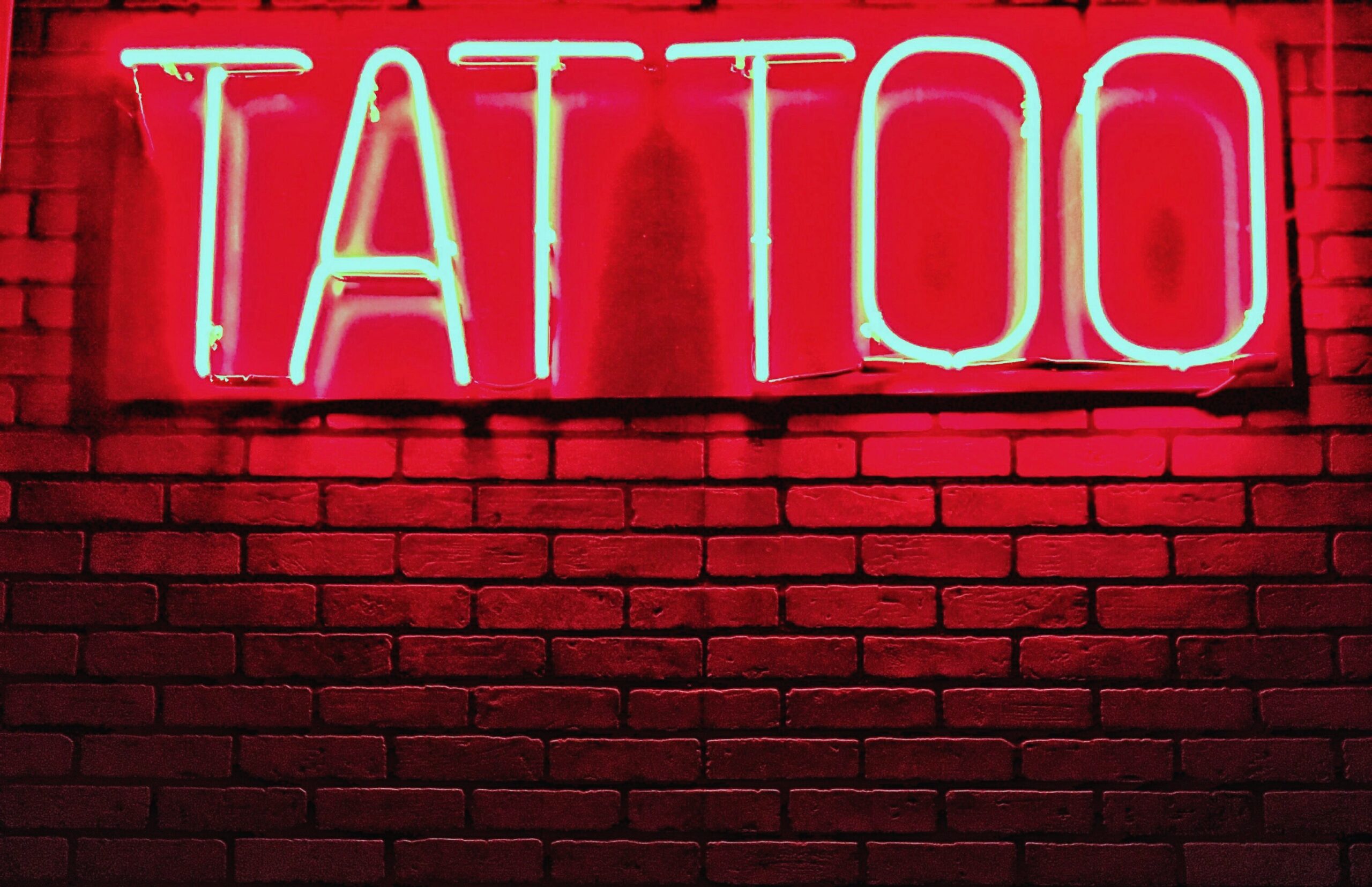
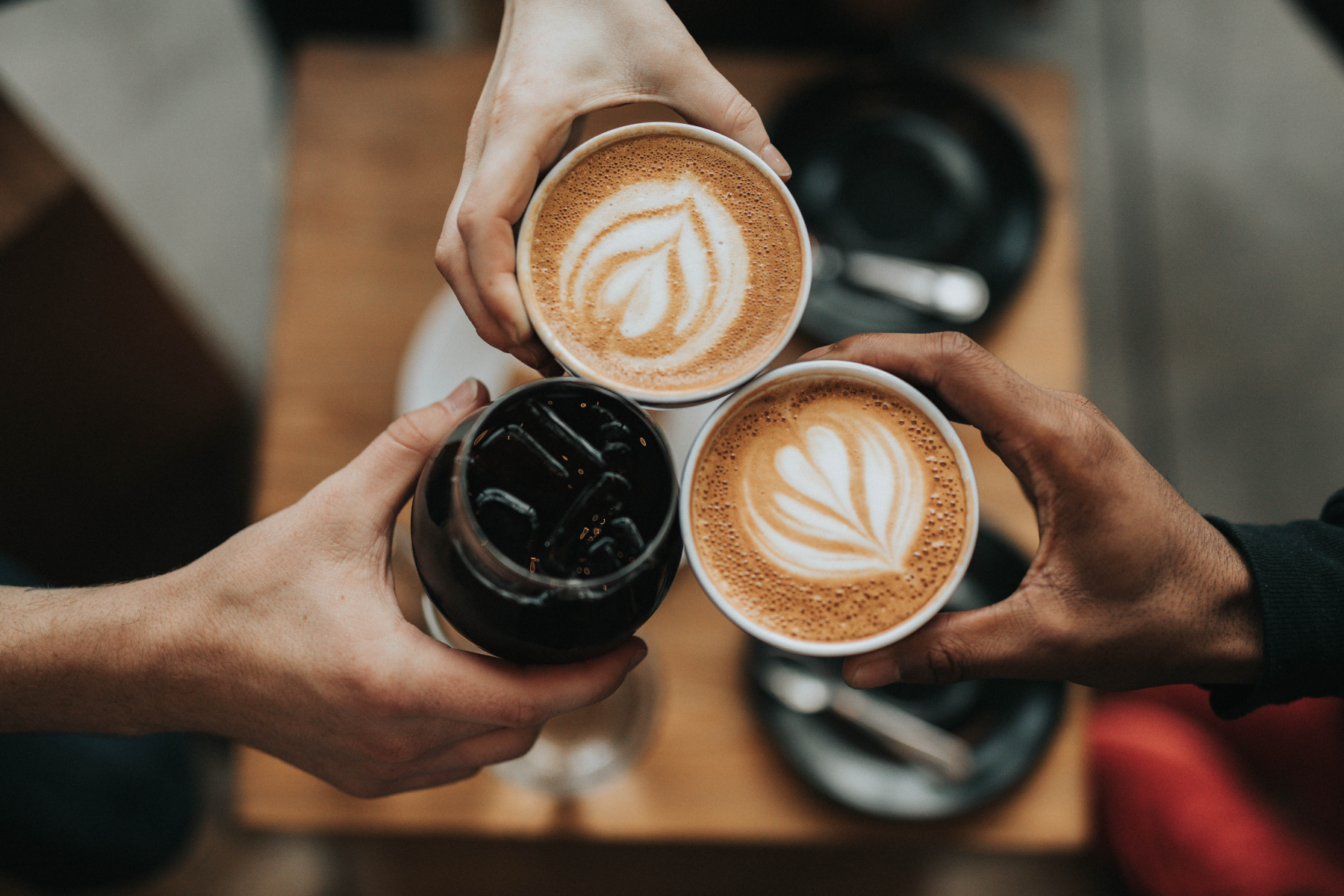















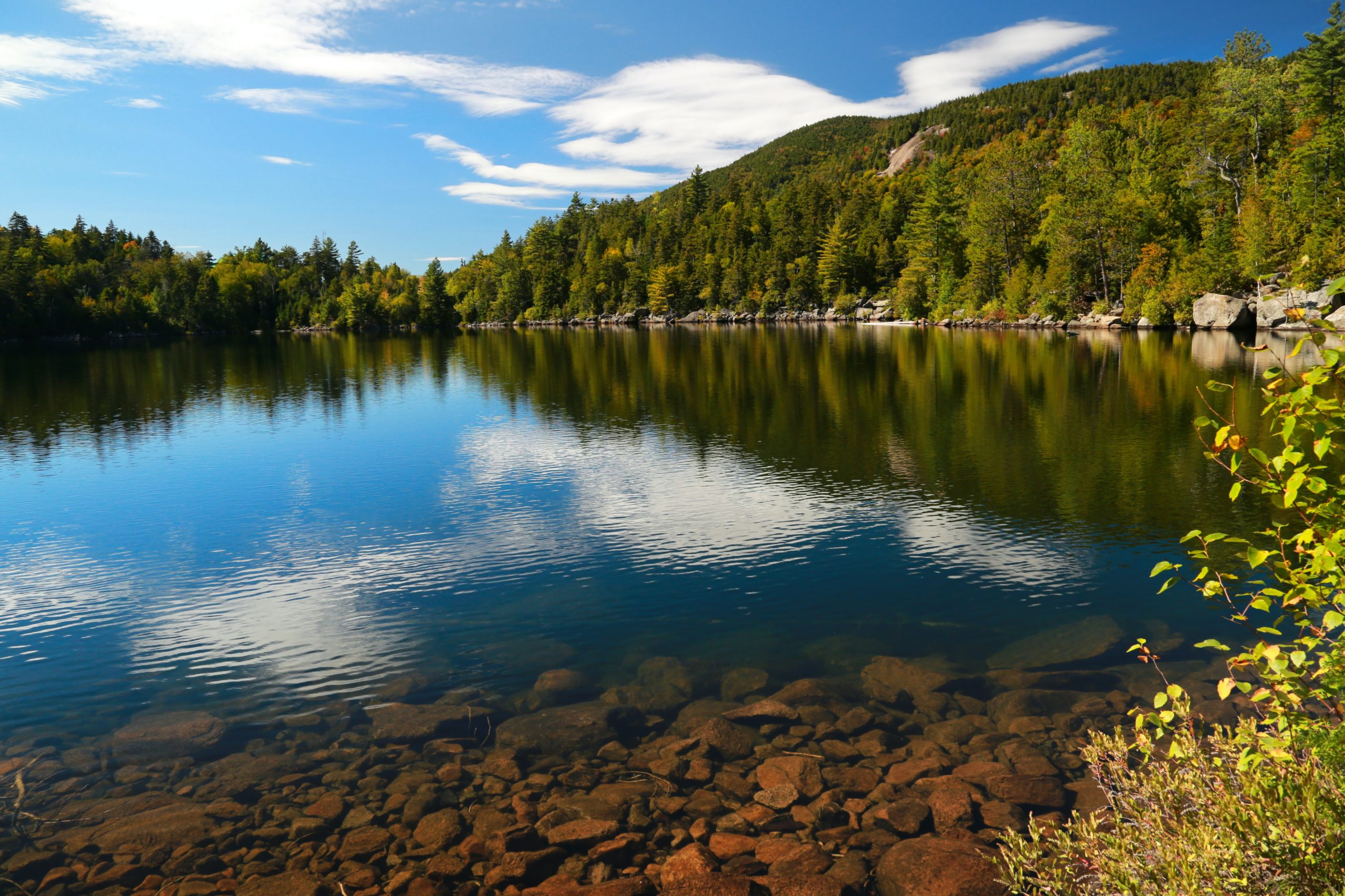








 Driving in is often the only way to get to most of the Adirondacks’ best camping destinations, and some sites won’t be accessible without four-wheel drive.
Driving in is often the only way to get to most of the Adirondacks’ best camping destinations, and some sites won’t be accessible without four-wheel drive.
